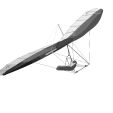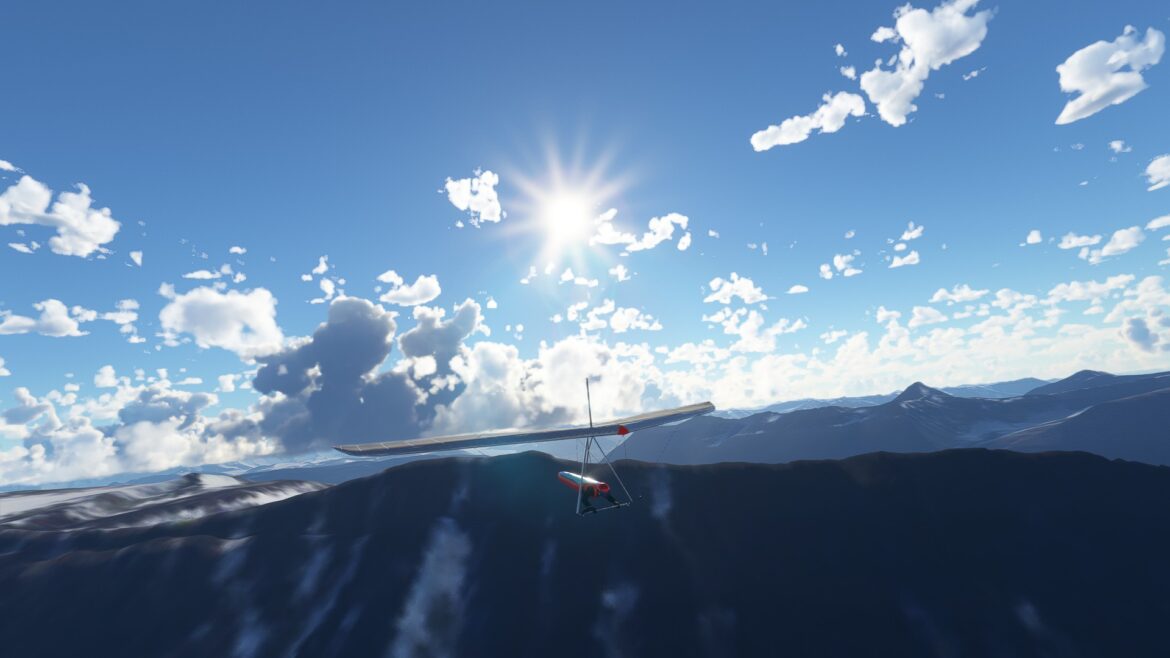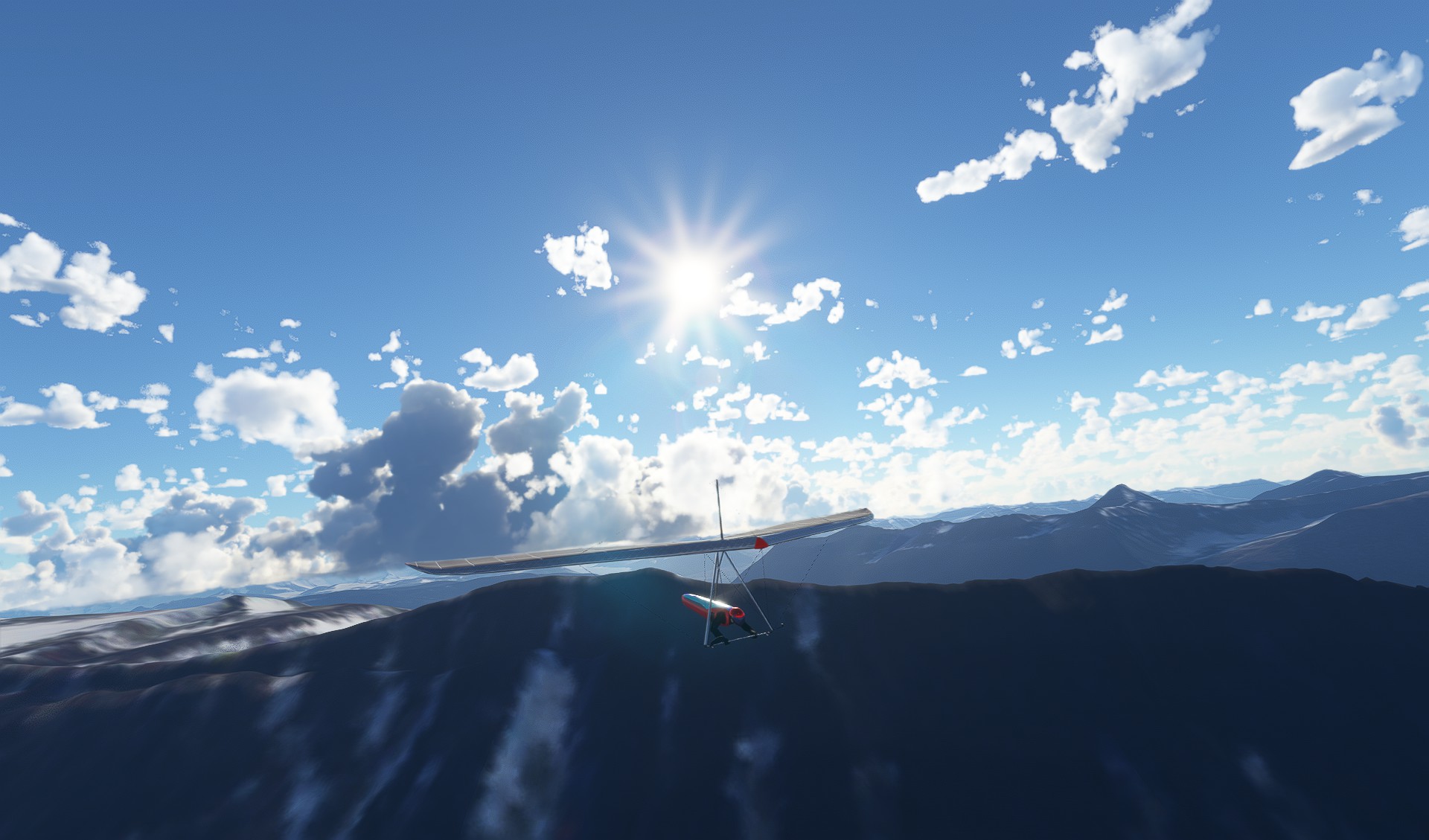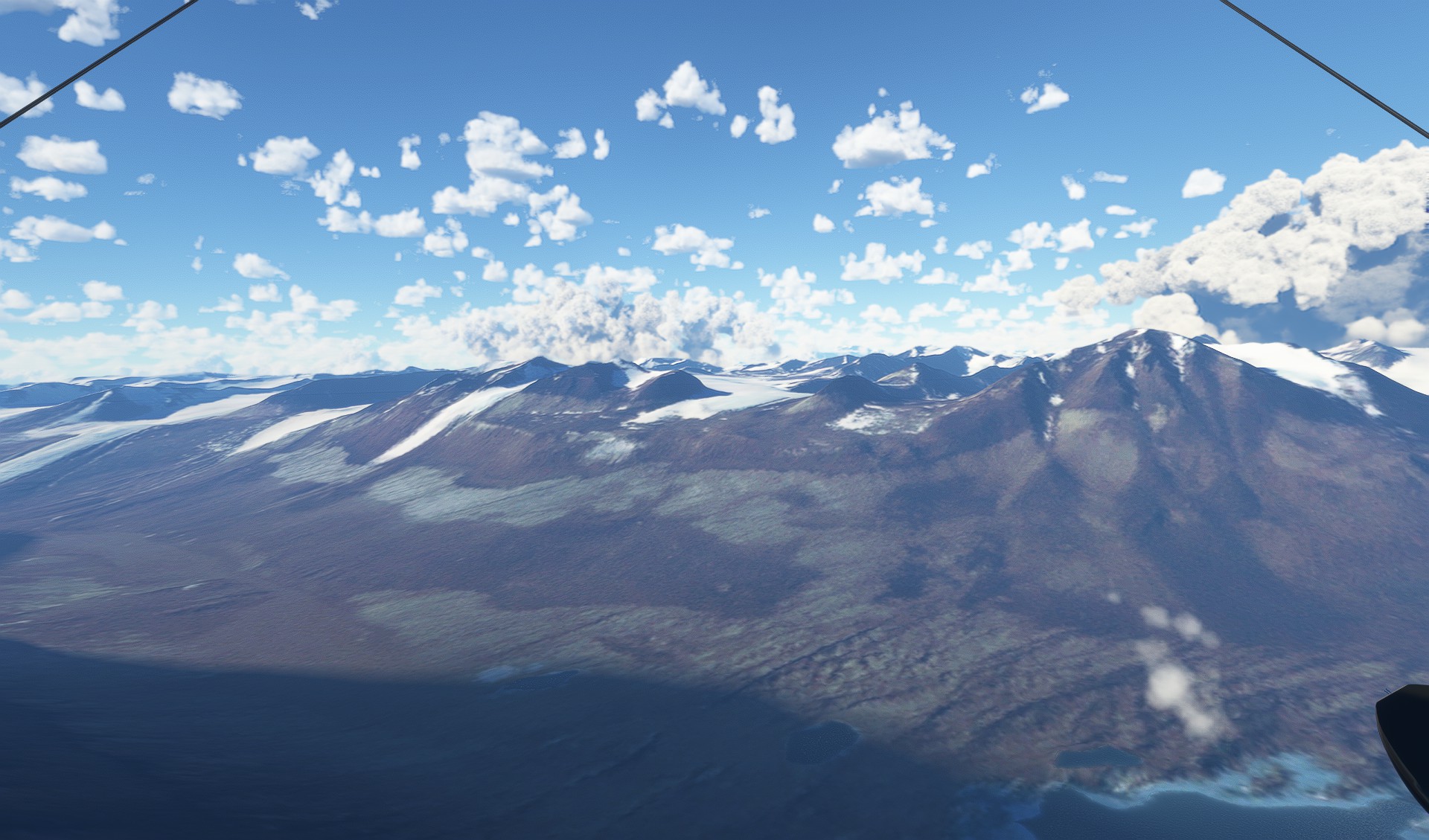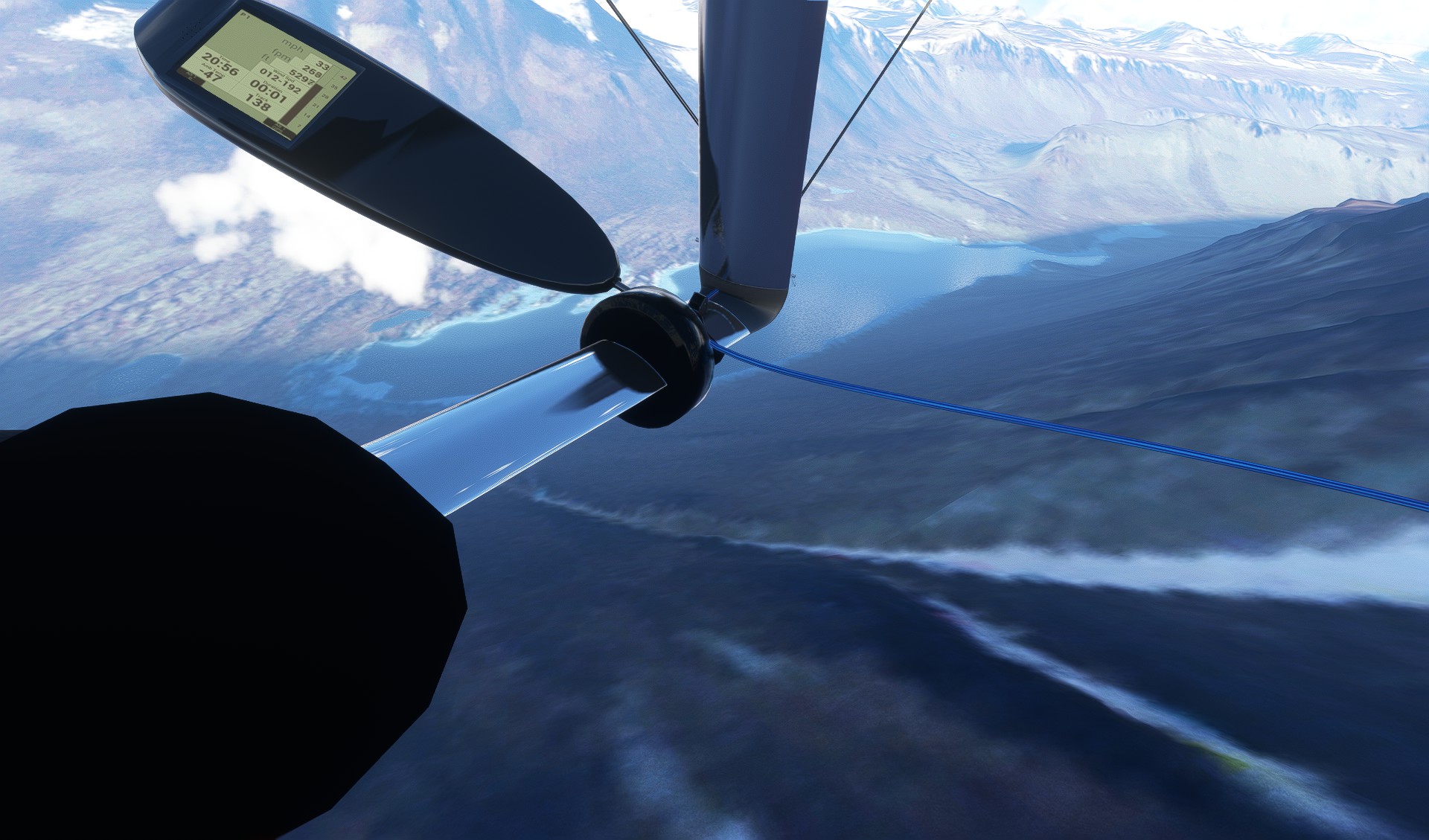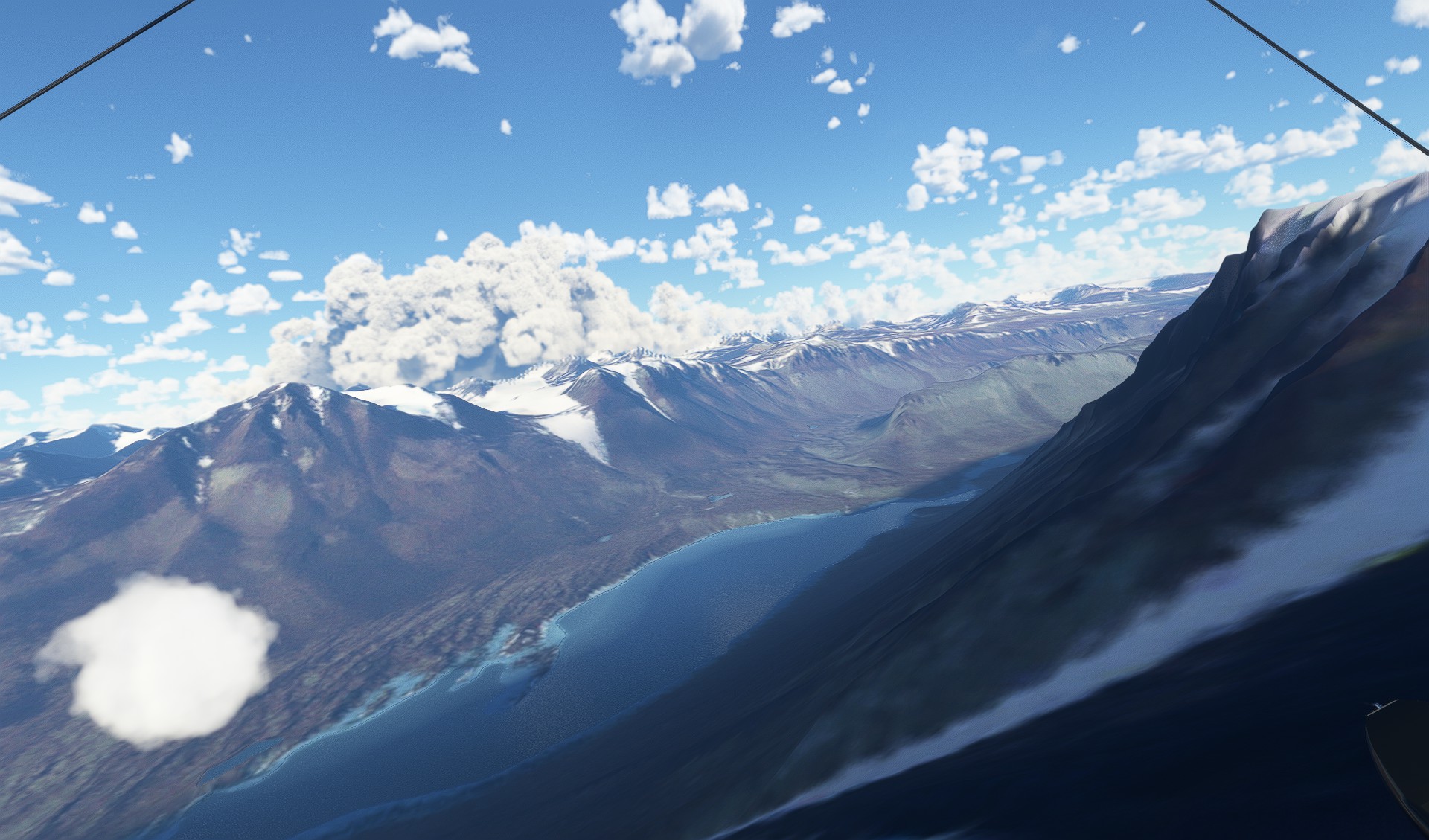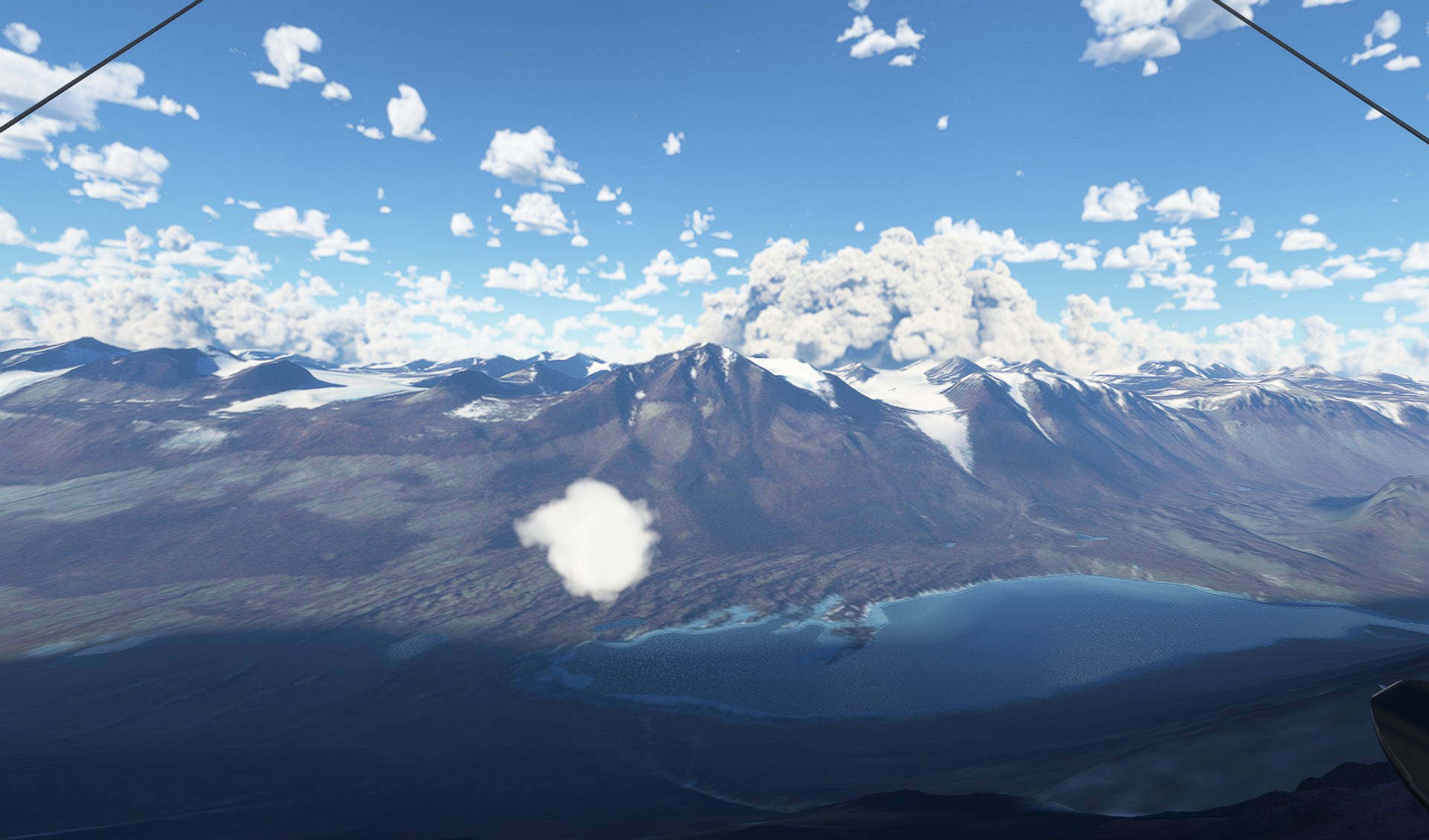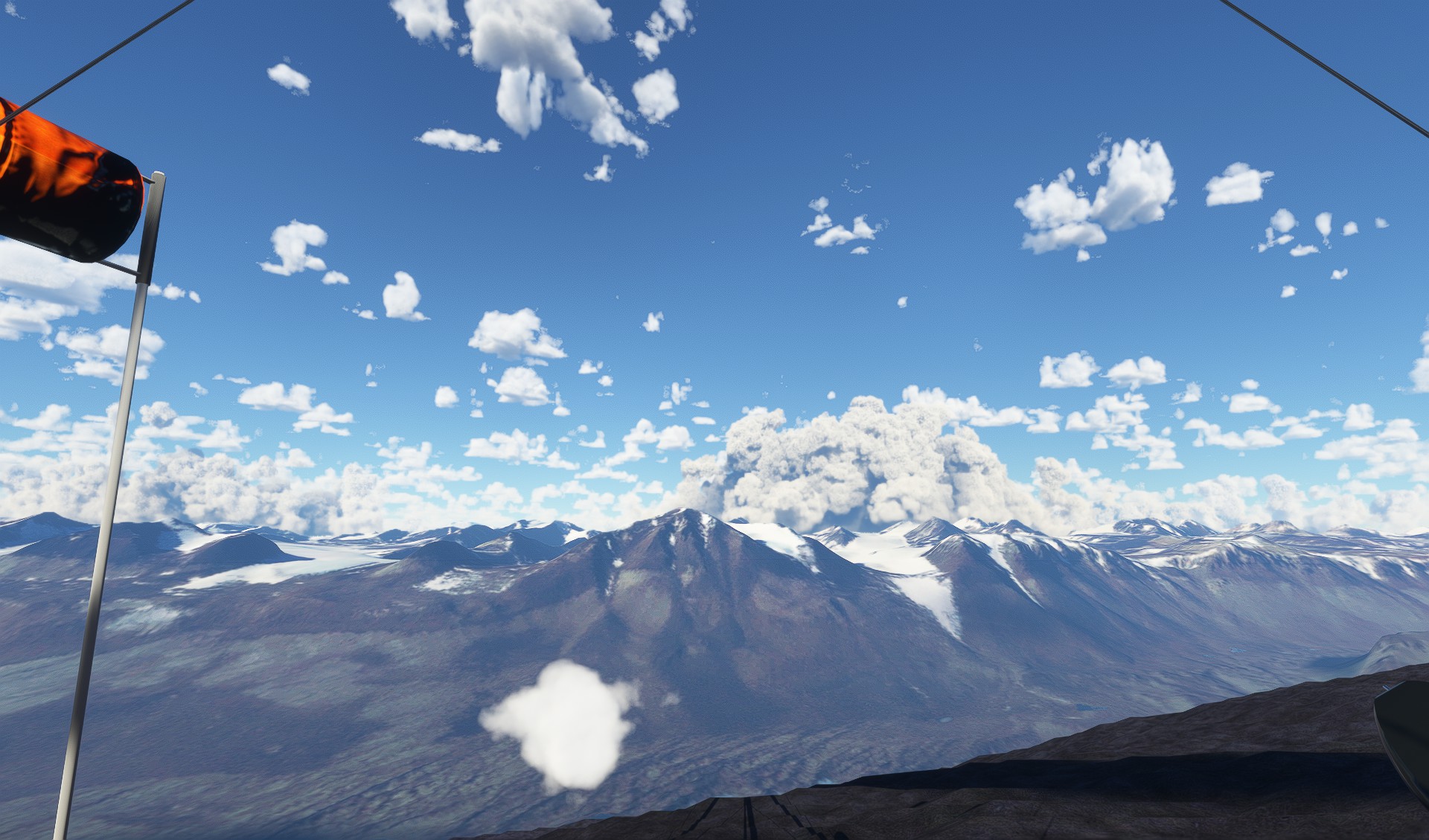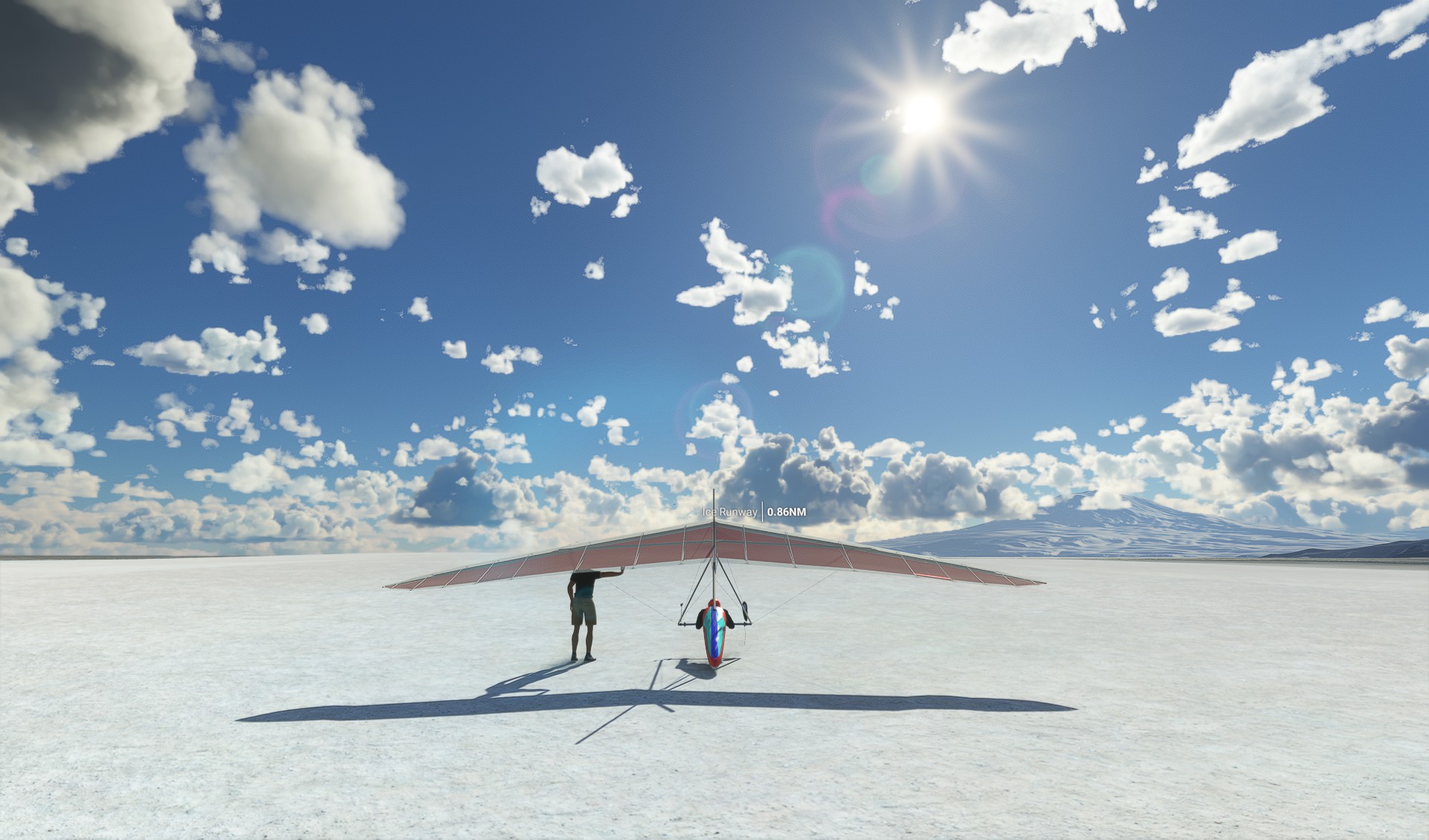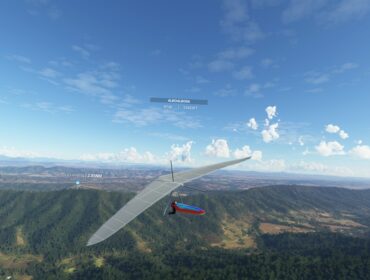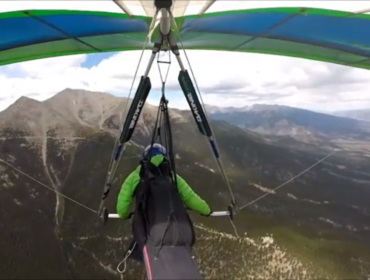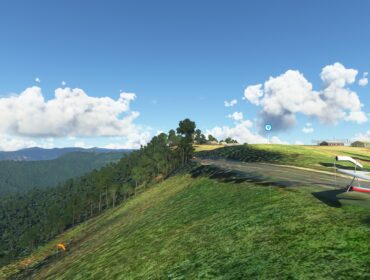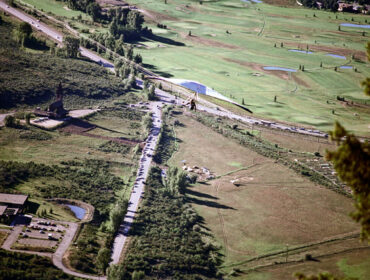Antarctica – Ross Island
Site Information
McMurdo Station is the largest Antarctic station and the logistics hub of the U.S. Antarctic Program. It is located on Ross Island, the solid ground farthest south that is accessible by ship. The station was established in December 1955 and has about 85 buildings that range in size from a small radio shack to large, three-story structures. The station supports scientific research in various fields such as climatology, biology, geology, glaciology, and atmospheric studies.
The hang gliding site near McMurdo Station is located in the mountains nearby, about 10 km (6.2 miles) from the station. The site has three launch sites and two landing areas, depending on the wind direction and speed. The launch sites are:
- East Launch: This launch site is situated on a ridge at an elevation of about 800 meters (2625 feet) above sea level. It faces east and offers a panoramic view of the Ross Sea and the Royal Society Range. The launch site has a gentle slope and a smooth surface, suitable for beginners and intermediate pilots. The latitude and longitude of this launch site are -77.8497° S, 166.6869° E.
- West Launch: This launch site is located on a hill at an elevation of about 900 meters (2953 feet) above sea level. It faces west and overlooks the McMurdo Dry Valleys and the Transantarctic Mountains. The launch site has a steeper slope and a rocky surface, suitable for advanced pilots. The latitude and longitude of this launch site are -77.8574° S, 166.6794° E.
- Dry Valley Launch: This launch site is located on a plateau at an elevation of about 1362 meters (4469 feet) above sea level. It faces south and offers a stunning view of the Dry Valleys, which are ice-free areas that resemble a Martian landscape. The launch site has a moderate slope and a gravel surface, suitable for intermediate and advanced pilots. The latitude and longitude of this launch site are -77.4973° S, 161.6330° E.
The landing areas are:
- East Landing: This landing area is a flat valley floor at an elevation of about 300 meters (984 feet) above sea level. It is about 3 km (1.9 miles) from the east launch site and has ample space for landing. The latitude and longitude of this landing area are -77.8324° S, 166.7048° E.
- West Landing: This landing area is a frozen lake at an elevation of about 400 meters (1312 feet) above sea level. It is about 4 km (2.5 miles) from the west launch site and has a smooth surface for landing. The latitude and longitude of this landing area are -77.8689° S, 166.6627° E.
The Dry Valleys were discovered by Admiral Richard E. Byrd in 1934 during his second Antarctic expedition. He flew over them in his plane named “Stars and Stripes” and was amazed by their barren appearance. He later described them as “the most desolate place I have ever seen”.
Flying Conditions and Restrictions
The flying conditions near McMurdo Station are challenging and unpredictable. The weather can change rapidly and the wind can be strong and gusty. The temperature can drop below -50°C (-58°F) and the visibility can be poor due to snow, fog, or clouds. The flying season is from October to February, when there is enough daylight and the sea ice is stable. The flying hours are from 10:00 a.m. to 4:00 p.m. local time.
The hang gliding pilots must follow the rules and regulations of the U.S. Antarctic Program and the Antarctic Treaty System. Some of the restrictions are:
- The pilots must obtain a permit from the National Science Foundation (NSF) before flying. The permit application must include a detailed flight plan, a risk assessment, and an environmental impact statement.
- The pilots must coordinate with the McMurdo Station Air Traffic Control (ATC) before and during each flight. The ATC will provide information on the weather, the airspace, and the flight restrictions.
- The pilots must avoid flying over the restricted areas, such as the scientific research sites, the wildlife habitats, the historic sites, and the no-fly zones. The no-fly zones include the area within 5 km (3.1 miles) of Mount Erebus and the area within 10 km (6.2 miles) of Scott Base.
- The pilots must respect the Antarctic environment and wildlife. They must not disturb, harm, or collect any living or non-living resources. They must not leave any waste or debris behind. They must report any accidents or incidents to the NSF and the ATC.
Best Times to Fly and Visit
The best times to fly and visit McMurdo Station are from October to February, when the weather is relatively mild and the daylight is long. The average temperature during this period is about -18°C (0°F) and the average wind speed is about 5 m/s (11 mph). The sun rises around 4:00 a.m. and sets around 11:00 p.m. local time.
The peak season for tourism is from November to January, when most of the cruise ships and flights arrive. The tourists can enjoy various activities such as sightseeing, hiking, skiing, snowshoeing, and wildlife watching. They can also visit the historic huts of Shackleton and Scott, the McMurdo Station museum, and the Antarctic Heritage Trust.
More Information
For more information on hang gliding near McMurdo Station, you can contact the following sources:
- The U.S. Antarctic Program (USAP): This is the official organization that manages the U.S. activities and research in Antarctica. You can visit their website ( usap.gov ) or call their office at +1 703-292-8030.
- The Lost Books: This is a publisher that produces books and articles on the mysteries and secrets of Antarctica. You can visit their website ( lostbooks.ca ) or email them at [email protected].
You can also check out these books and videos for more inspiration and information:
- “Mysterious Antarctica” by Tim Boucher: This is a book that reveals the never before seen and highly top secret photos from Byrd’s Antarctic expeditions. It also explores the theories and evidence of a lost ancient civilization in Antarctica.
- “Pierre Carter: The Man Who Paraglided Off Mount Everest and Into the History Books” by Lilit Marcus: This is a book that tells the story of Pierre Carter, a South African adventurer who paraglided off six of the world’s highest peaks, including Mount Everest and Mount Vinson in Antarctica.
- “Shuffleboard at McMurdo” by Maciej Cegłowski: This is a video that documents the life and culture of McMurdo Station and its inhabitants. It also shows the stunning scenery and wildlife of Antarctica.
